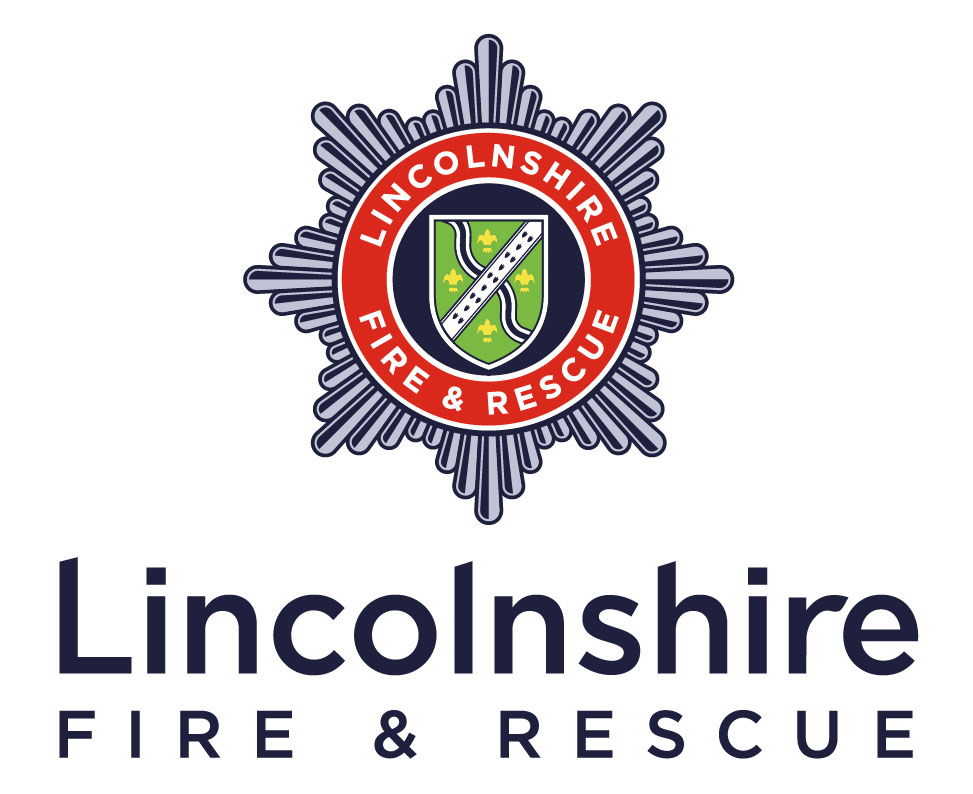There is a potential risk of sudden collapse in schools and other buildings where a material called Reinforced Autoclaved Aerated Concrete (RAAC) has been used.
Here is some advice about RAAC and what building owners and responsible persons need to do.
RAAC
RAAC is a building material used primarily in schools and hospitals but has been found in a wide range of buildings.
It was most commonly used for roof construction but can also be found in floors and walls. It is white or grey in colour with a ‘bubbly’ appearance.
It was widely used in construction from the mid-1950s to the mid-1980s with an expected lifespan of around 30 years.
Concerns
RAAC is still present in some buildings despite being well over its expected lifespan. RAAC roofs have been known to collapse suddenly with little or no warning and have caused injury.
This report from CROSS (Collaborative Reporting for Safer Structures) provides details of the failure of RAAC planks in schools.
What to do next
It is essential that building owners take steps to confirm the safety on any RAAC in their premises. The Local Government Association has published steps to confirm the safety of RAAC construction to help you.
For those responsible for fire safety it is important that there is a full understanding of the construction of the building. Not only to understand the construction but also how this might impact fire safety.
If RAAC is possibly present, then building owners should undertake a structural survey to provide confirmation.
This survey should be carried out by a competent person and this survey should then be used on the fire risk assessment.
Fire safety advice
How a building’s construction reacts in a fire is addressed by law. In the example of RAAC, a fire could potentially promote early structural failure.
If RAAC is present, then the responsible person needs to consider whether the fire risk assessment for the premises should be reviewed and revised.
The presence and location of RAAC could result in areas of a building not being able to be used even if it is deemed safe for normal use.
A review of the fire risk assessment should ensure:
- Where the means of escape is affected due to RAAC, responsible persons must ensure they remain suitable for those expected to use them as well as a suitable exit found.
- Where parts of a building can no longer be used, you may need to change how other parts of the building are used to account for lost space. You might need to consult a Building Control Body.
- The impact of moving people out of a building may create lone worker situations.
- Any buildings used to accommodate people moved out of a RAAC would need their potential impact on the fire risk assessment considered due to increased numbers of occupants.
- Changes are clearly communicated. Where plans are changed, we recommend fire drills are carried out familiarise people with the changes.
Where a building has been vacated there remains a need to minimise risk of arson or deliberate fires so sites should be secured.
As of 31 August 2023 the Department for Education issued extra advice for schools.
If your school is continuing to operate with measures in place or accommodating staff and pupils from another school it is recommended that fire drills are undertaken as soon as possible. This will identify any new issues within the plan due to the changes made.
Notifying us
If RAAC has been identified within your building then we request you notify us so that we can update our records so that we can respond accordingly: call us on 01522 555777.

